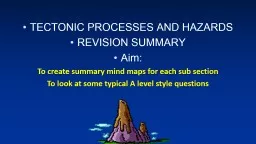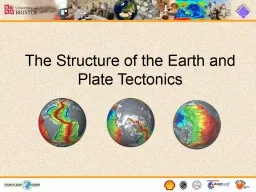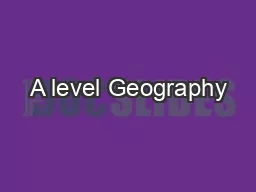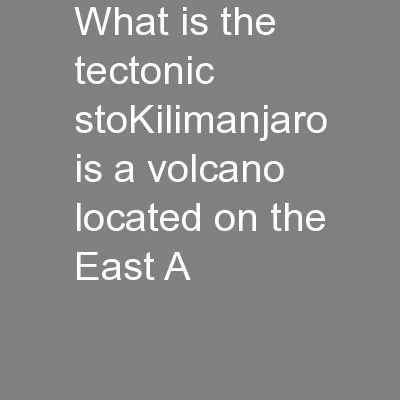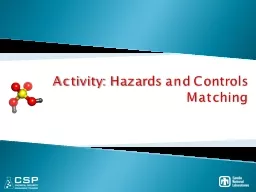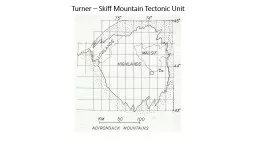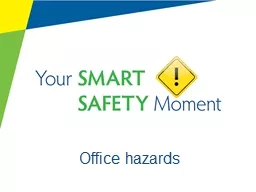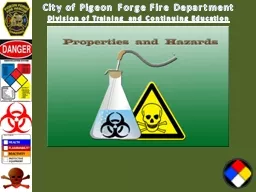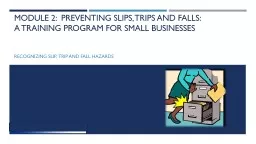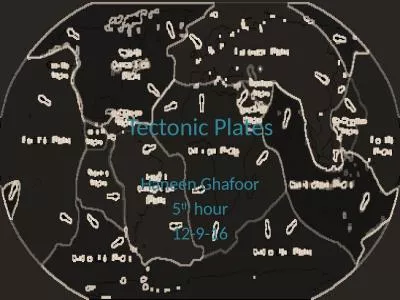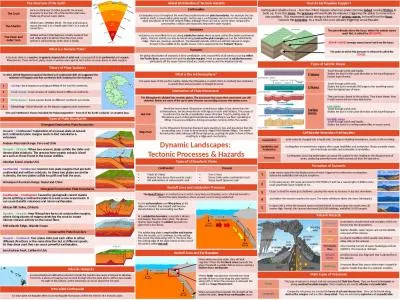PPT-TECTONIC PROCESSES AND HAZARDS
Author : stefany-barnette | Published Date : 2019-12-17
TECTONIC PROCESSES AND HAZARDS REVISION SUMMARY Aim To create summary mind maps for each sub section To look at some typical A level style questions Kilauea Earthquakes
Presentation Embed Code
Download Presentation
Download Presentation The PPT/PDF document "TECTONIC PROCESSES AND HAZARDS" is the property of its rightful owner. Permission is granted to download and print the materials on this website for personal, non-commercial use only, and to display it on your personal computer provided you do not modify the materials and that you retain all copyright notices contained in the materials. By downloading content from our website, you accept the terms of this agreement.
TECTONIC PROCESSES AND HAZARDS: Transcript
Download Rules Of Document
"TECTONIC PROCESSES AND HAZARDS"The content belongs to its owner. You may download and print it for personal use, without modification, and keep all copyright notices. By downloading, you agree to these terms.
Related Documents

